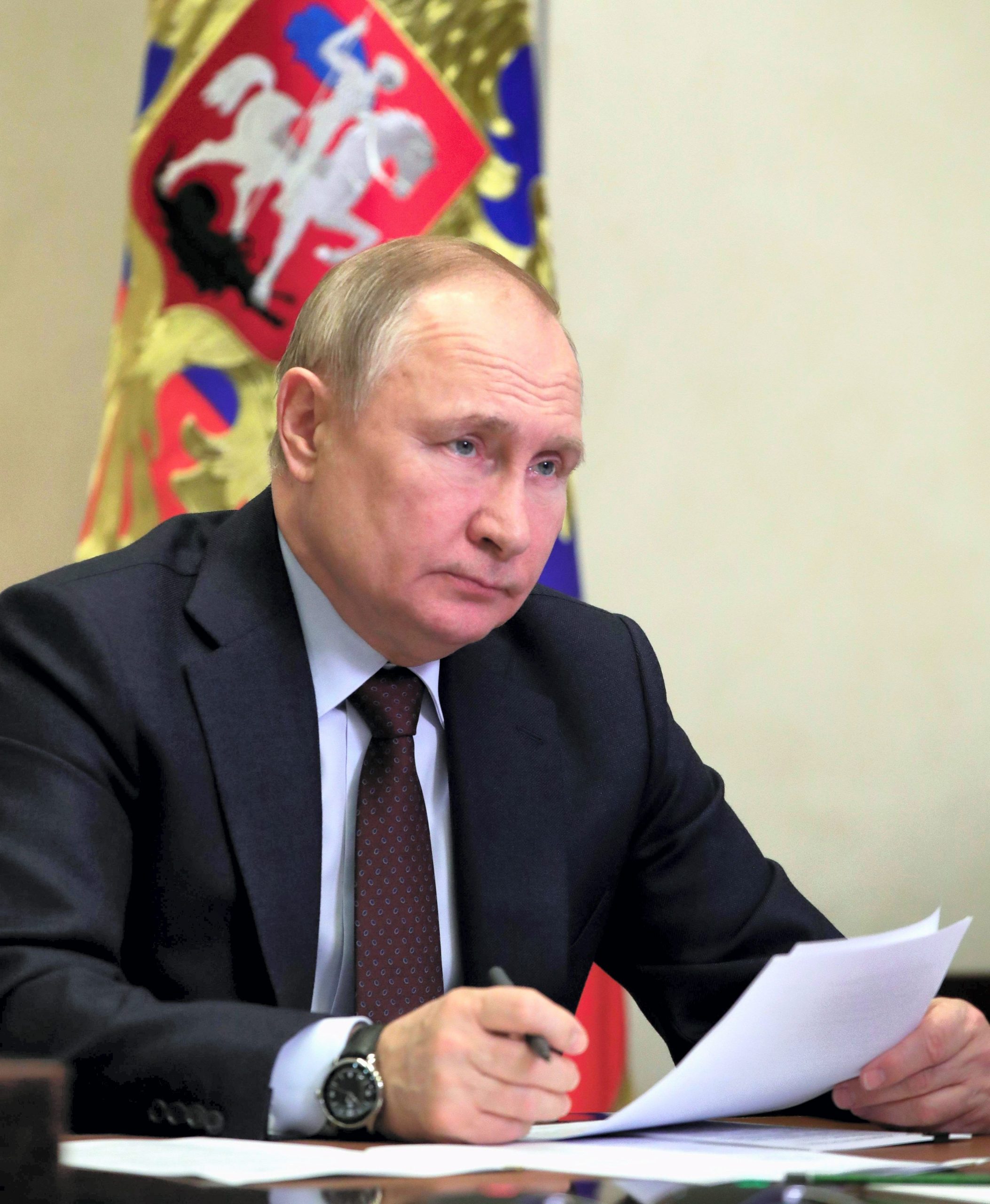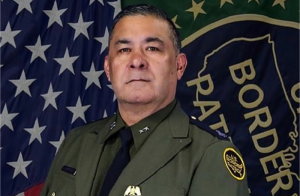The Russia-Ukraine
crisis has triggered an energy crisis that threatens to unravel the world
order. But Vladimir Putin, the former KGB agent-turned-Russian President,
maintains his steely demeanour. With the Russian economy being battered by Western
sanctions, Putin has spent the last few weeks assuring the Russian citizenry that
the focus must be on self-reliance.
“The collective
West does not plan on backing off its policy of economic pressure on Russia,”
Putin said while speaking to aviation executives, adding that every sector of
the Russian economy “needs to make a long-term plan based on internal
opportunities.”
Also Read | Possible mass graves near Mariupol shown in satellite images
Divorcing itself
from the world, while may be difficult, is not a new consideration for Russia.
Since Russia’s annexation of Crimea in 2014, Putin has been working on creating
“Fortress Russia”. But to say that the scale of sanctions imposed on Russia
following its invasion of Ukraine did not come as a shock would be patently
untrue.
Russian Foreign
Minister Sergei Lavrov said in March that the kinds of sanctions the West could
bring through was unknown. He was referring to the $600 billion freezing of
Russian assets.
Worn out by
sanctions while focussing on managing the internal economy better, Russia also
plans to take sanctioning nations to court. The Kremlin has threatened to sur
if it is deemed to have defaulted on its debt because of the asset freeze. Here’s
a look at how Russian industry is doing amid burgeoning sanctions:
Automobile
The Lada, made by
the Soviet-era car brand Avtovaz, is owned by the French carmaker Renault. When
Western sanctions threatened to hurt manufacturing in Russia, the car factories
immediately adjusted their models so that the cars would become less reliant on
foreign parts. This, however, has put Russian car-manufacturing a few years
behind. The new models will come without ABS.
Banking
Following Russia’s
annexation of Crimea, it had realised that the world’s biggest banks could stop
servicing its territory. Consequently, Russia had focussed on preparing for
financial isolation.
Also Read | Biden hails ‘heroic’ Kyiv victory, warns Putin ‘Western unity’ won’t crack
This has helped
the Russian banking industry weather the current storm of sanctions. Since the
threat of isolation, Russia’s National Payment Card System and the bank card
system based on it, has seen exponential growth.
Called “Mir”, a
total of 113 million of these cards have been issued. One out of every four
payments in Russia were made on these cards, according to the Russian central
bank.
Employment
market
Russian
authorities have arrested nearly 15,000 people over the last few months for
participating in anti-war protests. The protests have made the Moscow wary of
rising unemployment. While joblessness is not haunting Russia at the moment, it
is a very real possibility, especially with several Western companies exiting
the country.
The Russian
authorities have come up with a plan to tackle this potential danger. A new
plan has been laid out to hire and retrain people who used to work in Western
companies. Nearly 200,000 jobs are at risk, according to Moscow mayor Sergey
Sobyanin.
The digital
economy
Social media was
and is big in Russia. Until Russian authorities cut off access to Facebook and
Instagram, Instagram was the social network for choice for the Russian youth.
Now, more and more
people are shifting to Vkontakte – a homegrown, Russian alternative to
Facebook. In order to retain and encourage new members, Vkontakte is foregoing
monetised content and allowing content creators who moved from other platforms
to engage in free promotion.
Monthly users of
Vkotante rose to 100 million in March, while Instagram lost nearly 50% of its
Russian-language users between February 28 and April 6.







